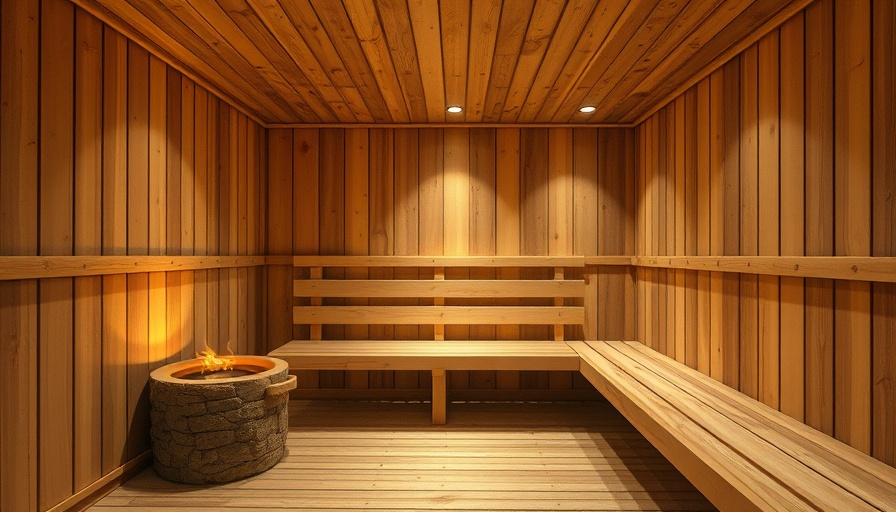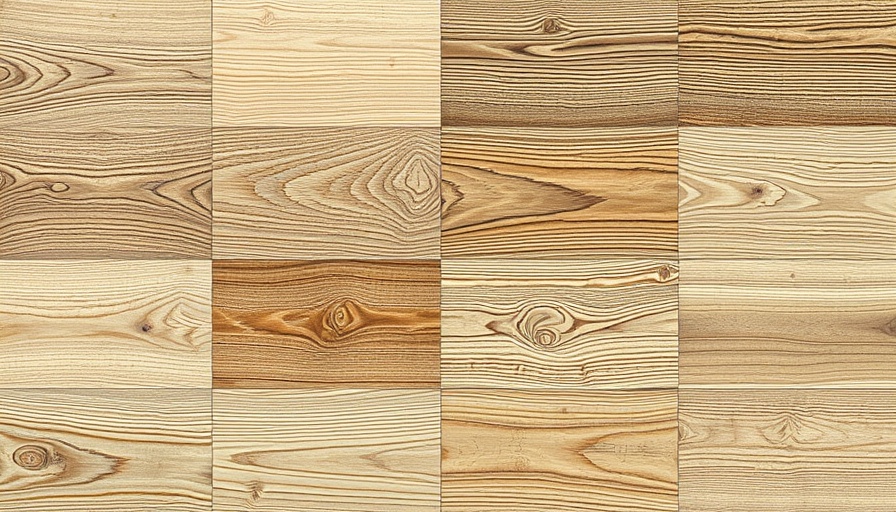
Understanding the Importance of Window Screens
Window screens are often an overlooked yet essential part of our homes. They keep out unwanted pests, ensure proper airflow, and contribute to energy efficiency by reducing the strain on air conditioning systems. When it comes time to remove and replace these screens, many homeowners can find the process intimidating. With varied window styles and screen types, knowing how to navigate these components can save time, money, and effort.
Step-by-Step Guide: Safely Removing Your Window Screen
The process of removing a window screen may vary slightly depending on your window type, but the following steps provide a universal approach to tackle this task:
- Open the Window Fully: Begin with fully opening the window to allow unrestricted access.
- Remove the Tabs: Locate and pull out all tabs securing the screen to its frame. This step is crucial to prevent any damage to both the screen and the window.
- Lift the Screen: Carefully lift the screen away from the frame, pulling it toward you while keeping it straight to avoid bending.
- Detach Any Fasteners: Make sure to remove any pins or latches that may be attached. Store them safely for future use.
- Set Aside the Screen: Once removed, place the screen in a safe location to avoid damage.
Each of these steps ensures that your screen removal process is efficient and minimizes risk. Remember, if the screen is damaged, it could be more fragile than intact screens, so extra care is warranted.
Types of Windows and Their Screens
Understanding the type of window you have is pivotal in mastering the screen removal process. Here's a quick guide on common types of window screens you may encounter:
- Interior Windows: Installed inside the home, these screens are typically easier to remove due to their accessible frame design.
- Exterior Windows: These require removal from the outside, potentially complicating the process based on your accessibility and window style.
- Single-Hung Windows: Easier to handle, single-hung screens usually only require you to work with the lower sash.
- Double-Hung Windows: This common design allows for operation from both the upper and lower sections, which may involve additional steps during removal.
- Casement Windows: Hinged at the side, these windows may be a bit tricky as they may require cranking mechanisms to disengage.
- Sliding Windows: Often used for smaller spaces, take care to pull the screen straight out without bending.
Future Tips: Maintaining Your Window Screens
Once you have successfully removed your window screens, consider these vital tips for their maintenance:
- Regular Cleaning: Dust and debris can build up and weaken the material over time; a simple wash can prolong their life.
- Check for Damage: Inspect for any holes or tears during installation or removal, addressing issues before they extend.
- Proper Storage: If storing screens during the winter, keep them in a dry area and away from direct sunlight to prevent warping.
The Value of Knowing How to Remove Window Screens
Equipping yourself with this knowledge empowers you as a homeowner. Not only does it save potentially high costs of hiring a professional, but it also enhances your understanding of your home's maintenance needs. Whether you are preparing for a screen replacement or simply performing routine checks, this article serves as your go-to guide.
Call to Action
If you're ready to take charge of your home improvement projects, start by learning and practicing the techniques shared above. Understanding these maintenance tasks can open the door to further DIY projects, enhancing both your living space and your confidence. Dive into the world of home maintenance today!
 Add Row
Add Row  Add
Add 


Write A Comment